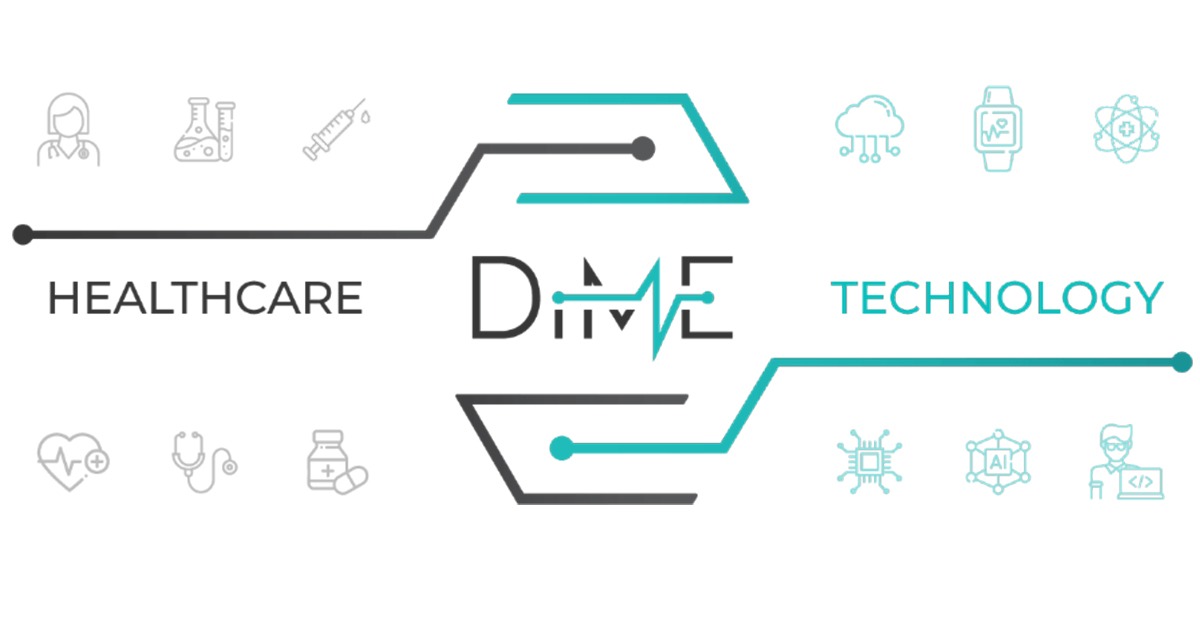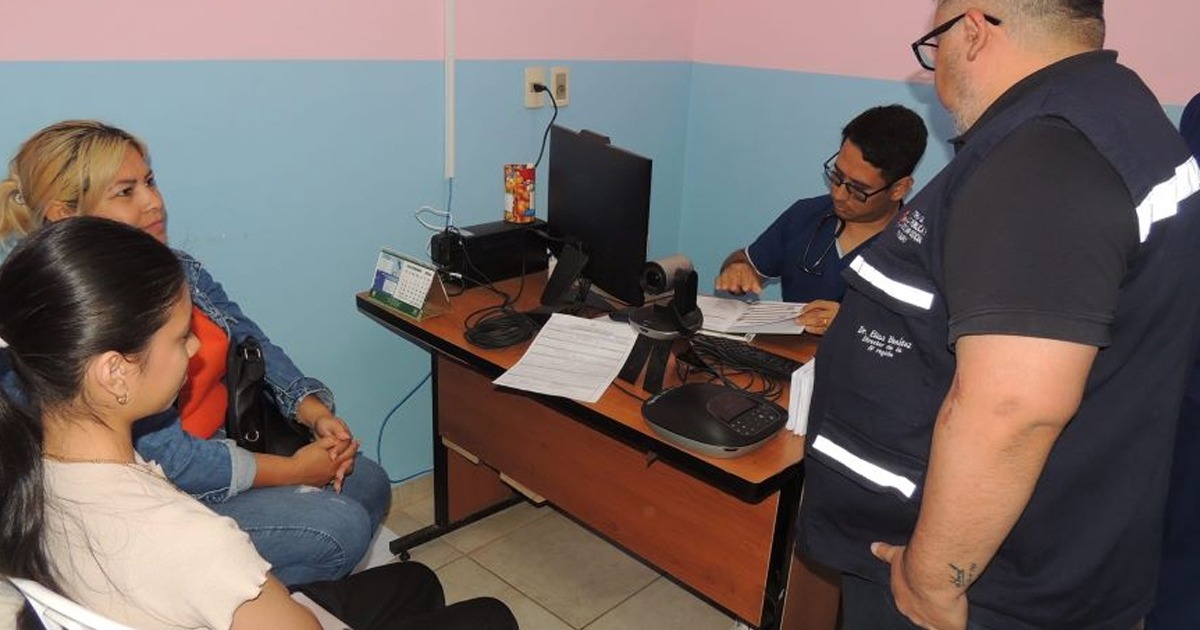During the last day of the International Seminar: Digitization and interoperability of the electronic medical record, Dr. Dwight Dyer, general director of Health Information, presented the current proposals in Mexico.
From November 17 to 19, the Senate of the Republic held the International Seminar: Digitization and interoperability of the electronic clinical file, with guests from international organizations such as the Pan American Health Organization or the Inter-American Development Bank.
For the final day of the Seminar, Dr. Dwight Dyer, general director of Health Information, presented the current proposals in Mexico on the interoperability of the electronic medical record (ECE).
What is the electronic medical record?
In the first instance, the head of the Health Information Directorate defined what the ECE is. ECE is called “the unique set of information and personal data of a patient, which is integrated within all types of establishment for medical care, consists of written documents, graphics, imaging, electronic, magnetic, electromagnetic, optical, etc. , in which the staff must make the records, annotations, records and certifications corresponding to their intervention in the patient's medical care in accordance with the applicable legal provisions.

Some of the challenges and tasks that Dyer poses respond to the formats of the ECE, for example, that the physical file is the basis of the ECE, severs its structure and makes it slow to update, so the registry must be the operative model of Care and information must be flexible and representable according to the needs of the user, both the medical professional and the patient.
ECEs must promote digitization and access to digital tools for their users.
Interoperability
On the other main topic of the seminar, interoperability, Dr. Dyer explained the differences between two interoperable standards used for the implementation of ECE in public and private health systems: HL7 and REST.
- HL7 (Health Level 7): It is a protocol or a standard that facilitates the electronic exchange of clinical information, it is focused on the exchange of data between applications.
- REST: an interface architecture between systems to indicate the execution of operations on data in any information exchange format (XML, JSON, etc.).
Unlike HL7, REST simplifies the way data is shared.
In the case of Mexico, the Ministry of Health uses a system called Health Care Administration and Management Environment (AAMATES). In the words of Dr. Dyer, it is a flexible computing environment that facilitates the traceability of information and also shares the highest security standards.
The Government of Mexico has a practical guide to build the governance of the health care registry:
- Focus on users, focus registration on attentions
- Authentication must be traceable by electronic signature
- Open technology standards should be privileged
- Contemplate horizons of technological obsolescence
- Build public health goods, legislate with an emphasis on incentives
- Specify technical mechanisms in official regulations
- Regulate technical standards in guidelines
Consult the other presentations of the Seminar in the following link:
SENATE OF THE REPUBLIC





